Lessons learned from the pandemic as we plan for a new school year
Mary Ruggles, Director of Education Programs
July is always a time warp for the Mill’s Education team: summer camps are in full swing, the museum is filled with vacation energy, but we’ve already jumped ahead to plans for the coming school year. That time warp feeling is especially strong this summer, as we also look back at the past year and a half to reflect on lessons learned during the pandemic.
Filming a Labs on the Go virtual segment: ziplines show force and motion in action!
There were bright spots among the challenges: collaboration grew across departments and “back burner” ideas got the full test kitchen treatment. The need to stay connected with families and educators became a chance to accelerate our virtual programs. For example, while our in-person Labs on the Go program was popular pre-pandemic, we knew it’s true potential was still untapped: how could we be in 50+ schools at the same time? We created a hybrid experience that keeps the Lab’s hands-on STEM activities (now shipped directly to schools) and weaves in engaging video content that highlights the science of the activities. We found that the virtual format provides teachers and students more flexibility to go at their own pace, divide up, revisit and expand on ideas. (Our next step: bringing Labs on the Go to families—more about that below.)
As we plan for the 2021-22 school year, we’re looking closely at learning recovery and ways Science Mill programs can help families and educators close opportunity gaps widened by the pandemic. Here are three core principles of quality STEM education we’re focused on for this fall and beyond:
Inquiry
Inquiry-based learning starts with curiosity. That’s our entry point for every Science Mill program, lab, exhibit, video or camp. By engaging students’ curiosity and wonder, their questions can propel the learning journey. It’s also brain science: curiosity triggers activity in the hippocampus, the region of the brain responsible for memory creation, and primes our brains to take in new info.
Leaving space for students to unpack their questions can be harder than it sounds. It takes practice to guide without giving answers. We start by posing open-ended questions and move toward a level where students can choose what sparks their curiosity, ask their own questions, find their own answers and apply what they discover. With that shift, students take ownership of the inquiry process and build critical thinking “muscles” that power life-long learning.
Of course, inquiry isn’t limited to literally asking questions: playing, experimenting, testing, observing, imagining and tinkering can all be hands-on, minds-on inquiry in action.
Design-based challenges
An engineering challenge: Design a landing module that can touch down on a new planet.
We believe that students learn science best by doing science. So whether they’re roller coaster designers, water quality inspectors or zombie apocalypse survivors, Science Mill programs invite students to step into STEM careers and tackle real-world challenges (except for the zombies…I hope). We aim to create scenarios that are fun, immersive and authentic. They give context and relevance to STEM concepts that can otherwise feel abstract; for instance, the Laws of Motion take on richer meaning to students engaged in building a coaster’s loop-the-loop. Design-based challenges offer natural opportunities for cross-curricular connections, such as biology and engineering or math and art. These combinations encourage complex questions, as students explore multiple perspectives and discover there’s not necessarily a single solution.
We typically divide our design challenges into a series of problem-solving prompts, which follow the Engineering Design Process or other methods used in STEM fields. (Check out our robotics blog for more details.) The goal is to help students develop strategies for taking stock of larger problems and breaking them down into smaller chunks. This kind of computational thinking also helps students recognize underlying patterns in future problems and solutions.
Collaboration
STEM is a team sport: STEM professionals are almost always part of a team. And like any other area of STEM, students need opportunities to practice, develop and refine their collaboration skills. The pandemic has made this a challenge, particularly for families homeschooling for the first time. For students and parents at our Homeschool Day events, collaboration will continue to be a key element of Learning Labs—and we’d love to see adults grab coffee during that time to swap ideas as well!
A team of programers discuss their robot’s next move during a Learning Lab.
One of our goals for the coming school year is to foster a community for collaboration at the Science Mill. We’ll be hosting our first-ever Homeschool Days Meet n’ Greet on September 23. It’s a chance for students (and their adults) to connect, see familiar faces and meet new friends while enjoying snacks and some hands-on science. I and other Science Mill educators will be there as well, to chat about STEM learning at home. I’m also excited to announce the return of the STEM Scholar program for students involved in Homeschool Days, with a new feature: we’ll be making Labs on the Go available for STEM Scholar families to use at home. We’ll be sharing more details later this fall, along with information on other upcoming community events at the Science Mill, including Girl Scout Badge Days.
I look forward to seeing you soon at the Science Mill! I’d love to hear how your family is doing hands-on STEM at home and how the Science Mill can help facilitate your learning journey. You can also connect with me at mary.ruggles@sciencemill.org.
MORE TO EXPLORE
Explorer Zone — our online learning hub with science videos and DIY activities
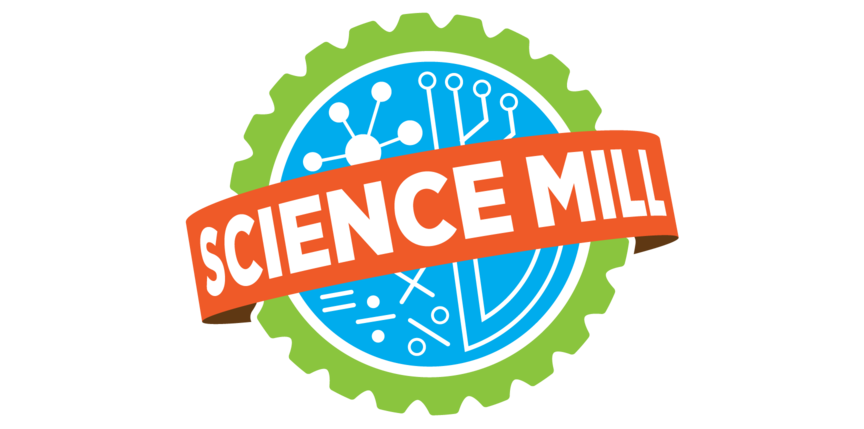





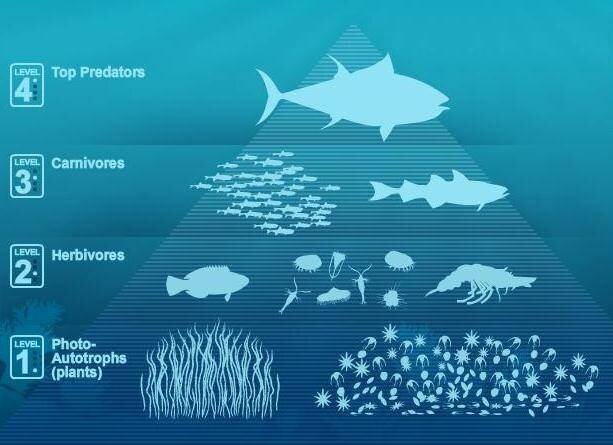
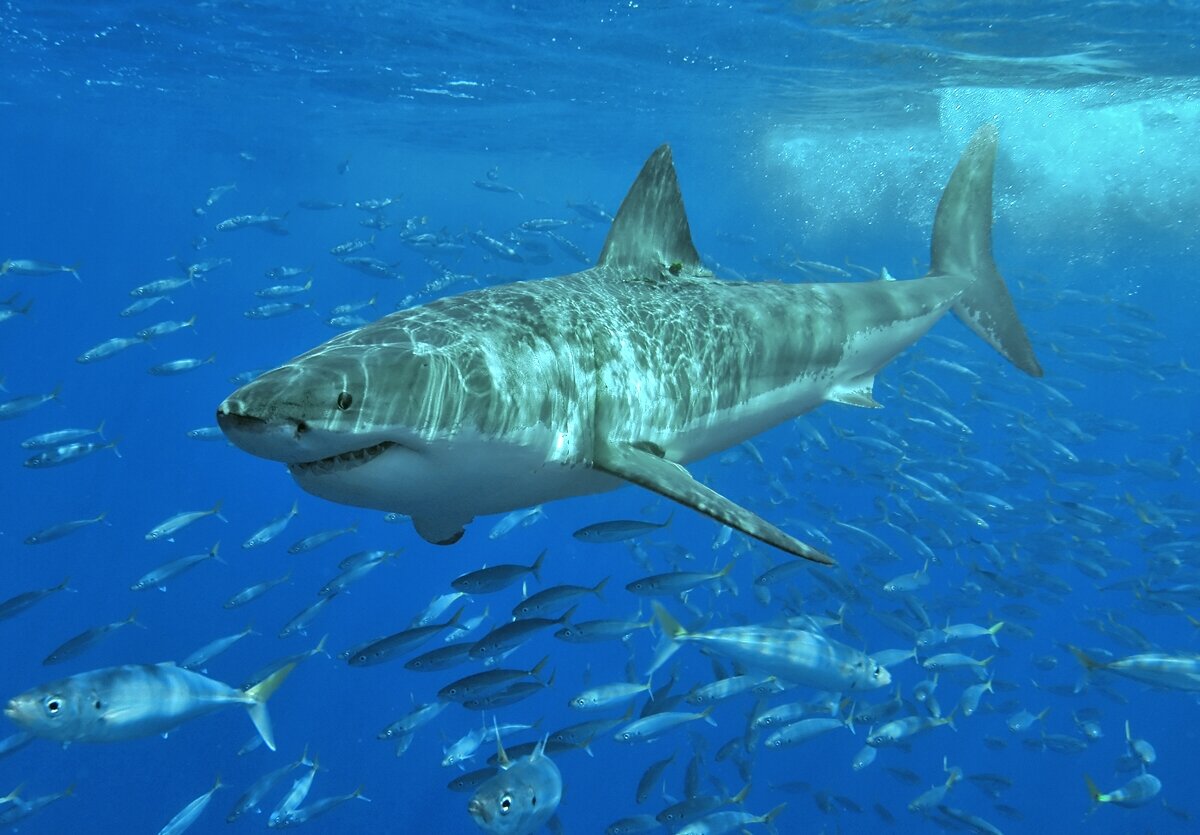
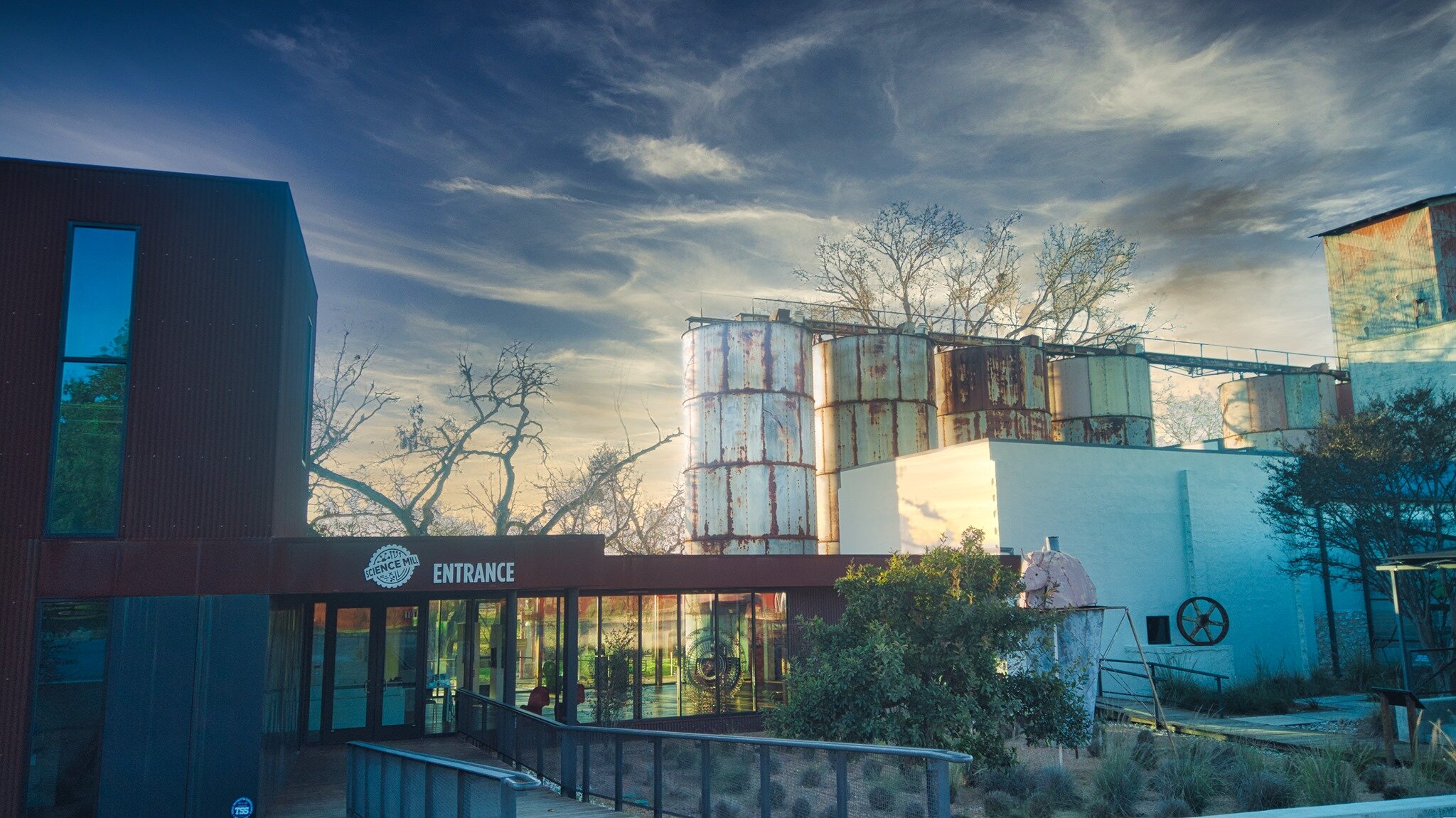
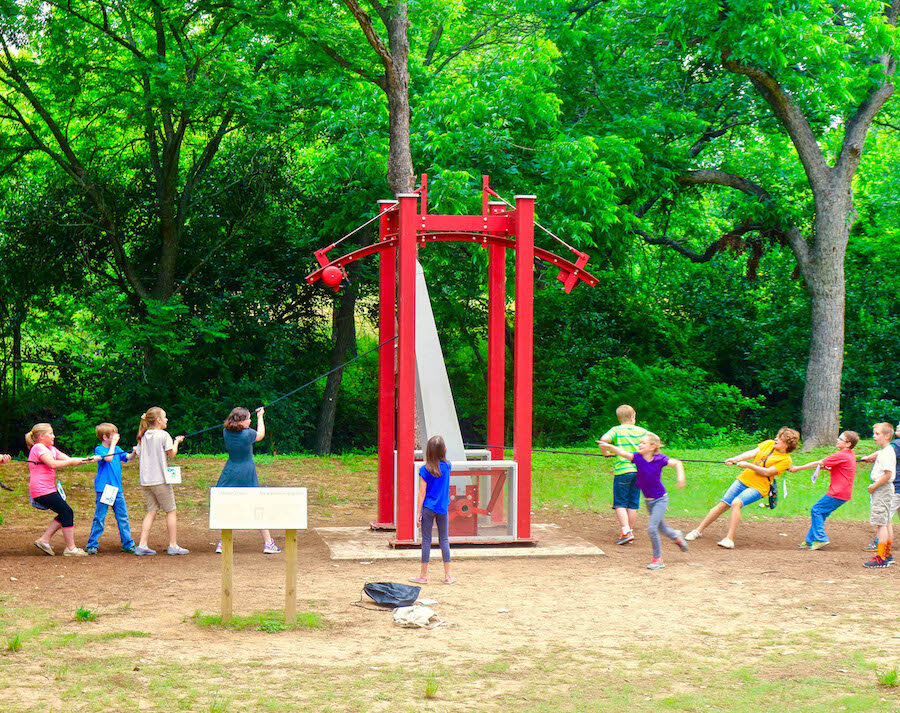
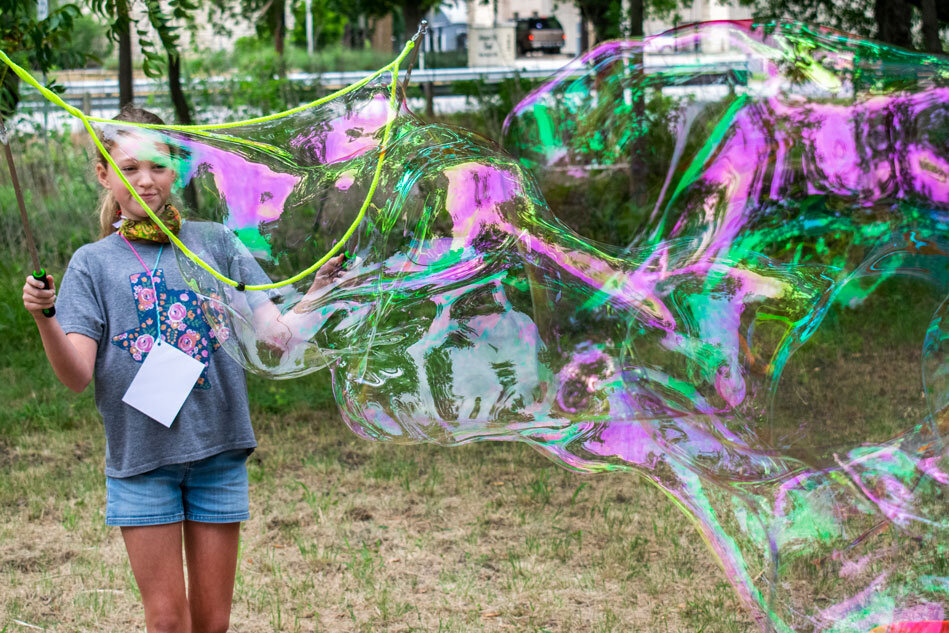
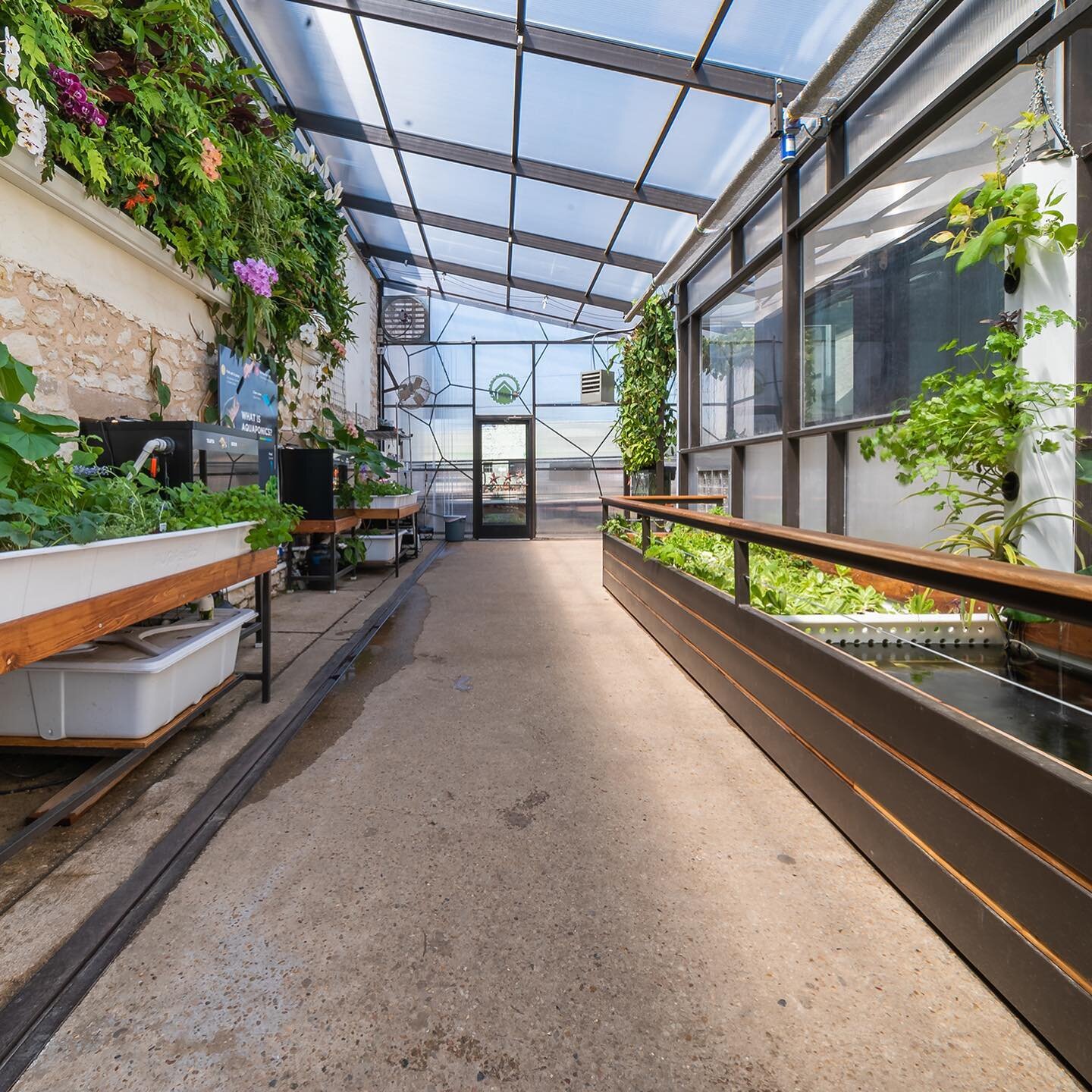
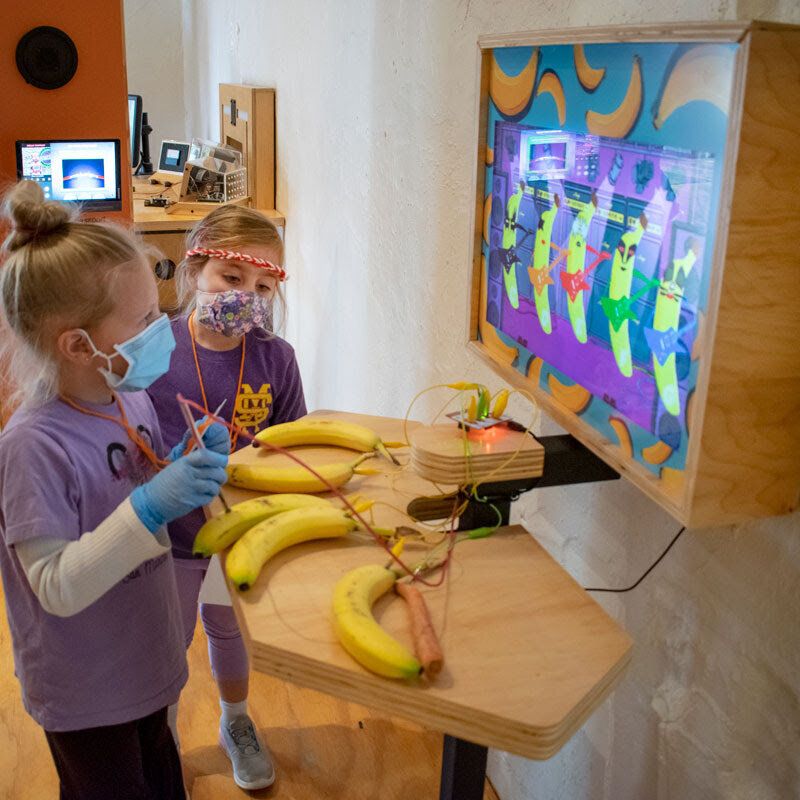
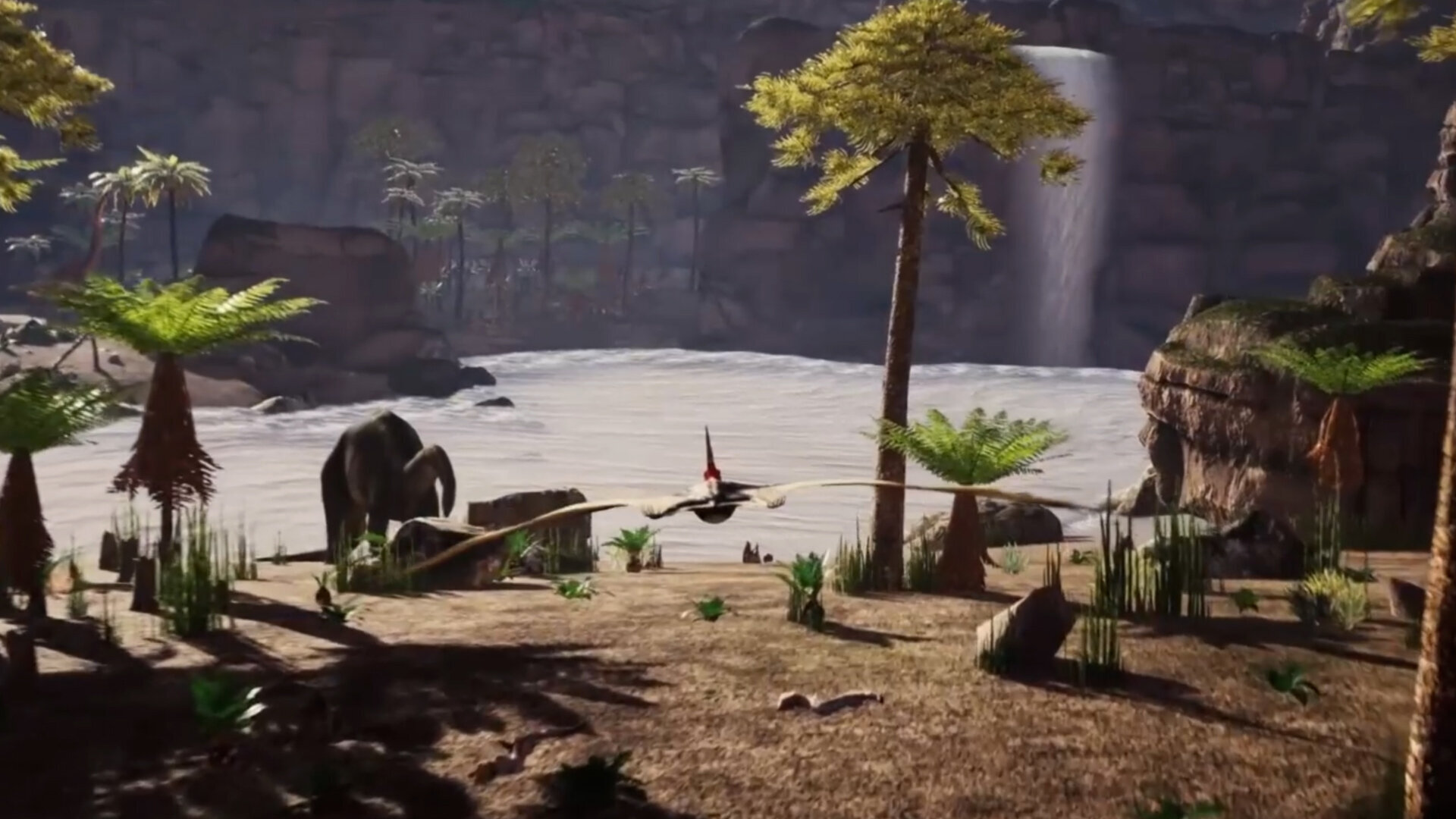







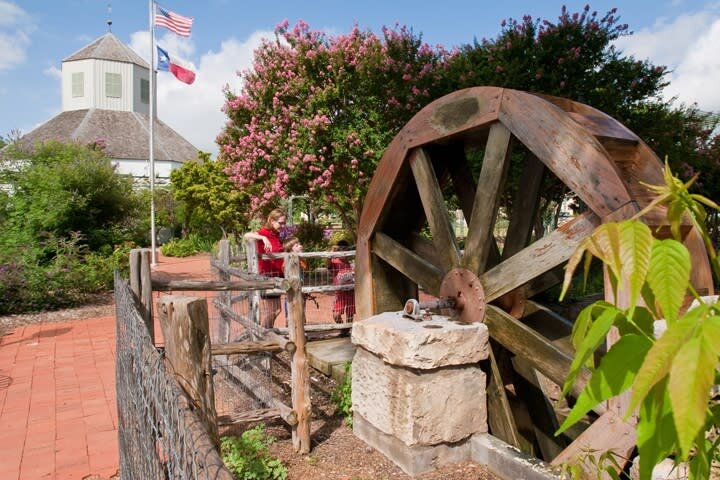
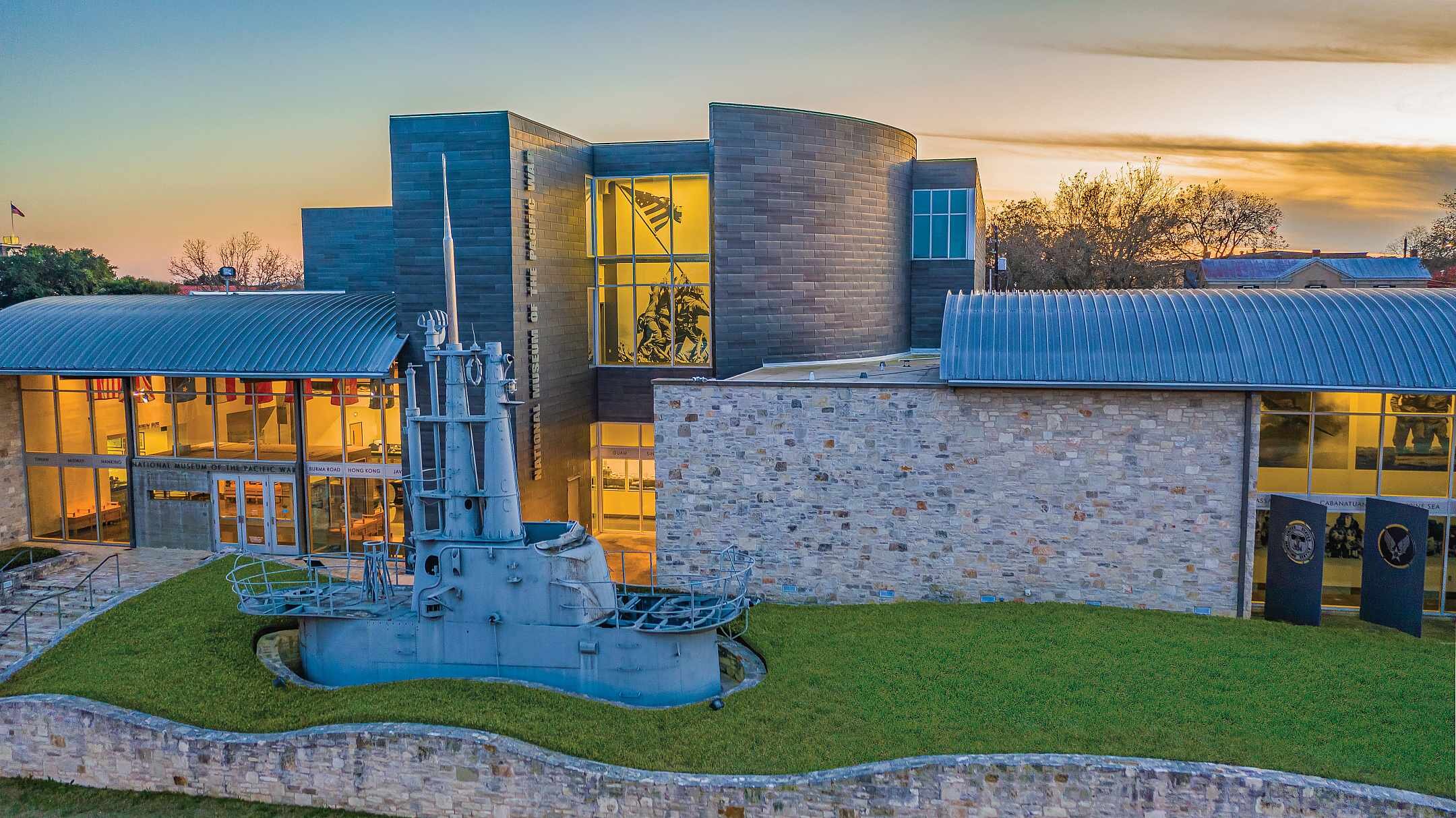
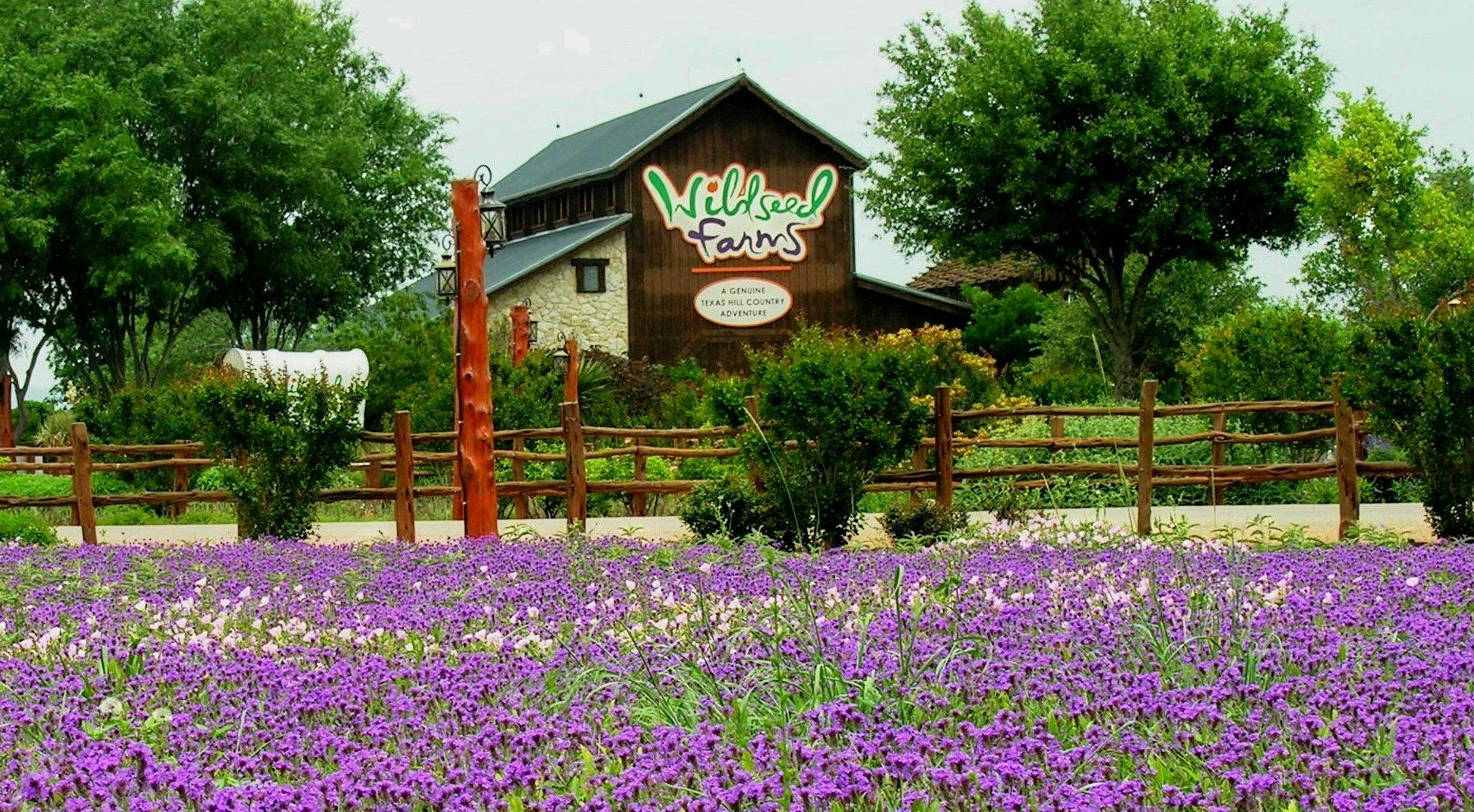
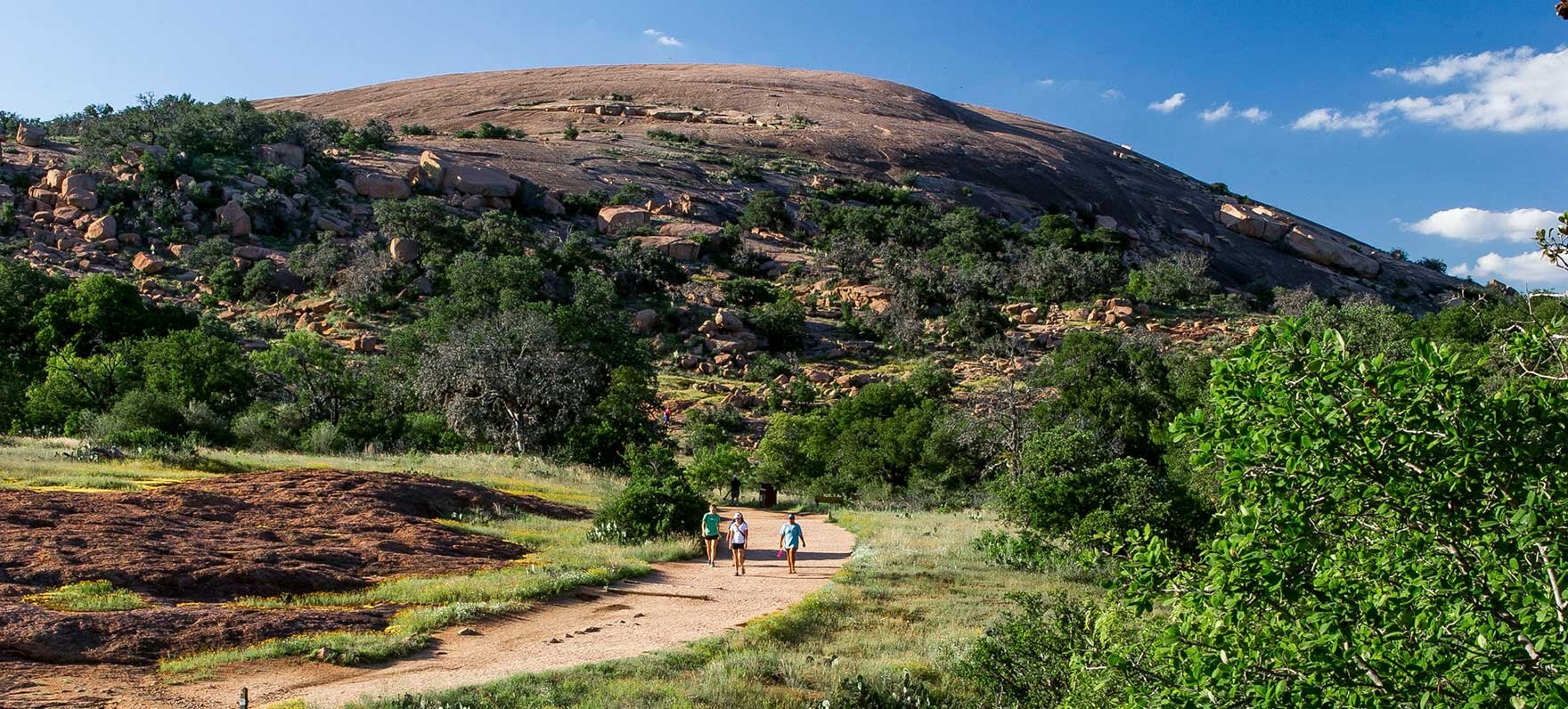

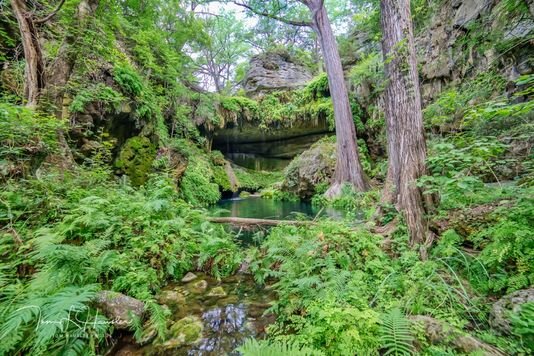
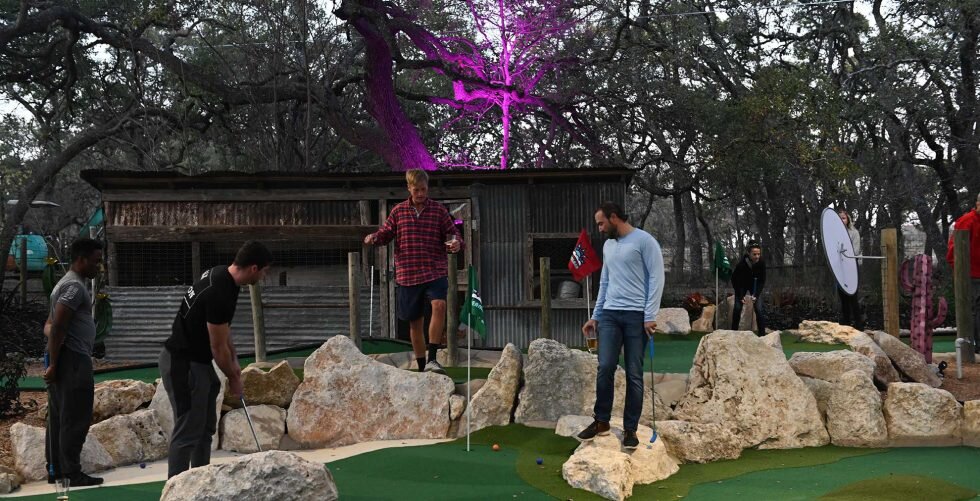
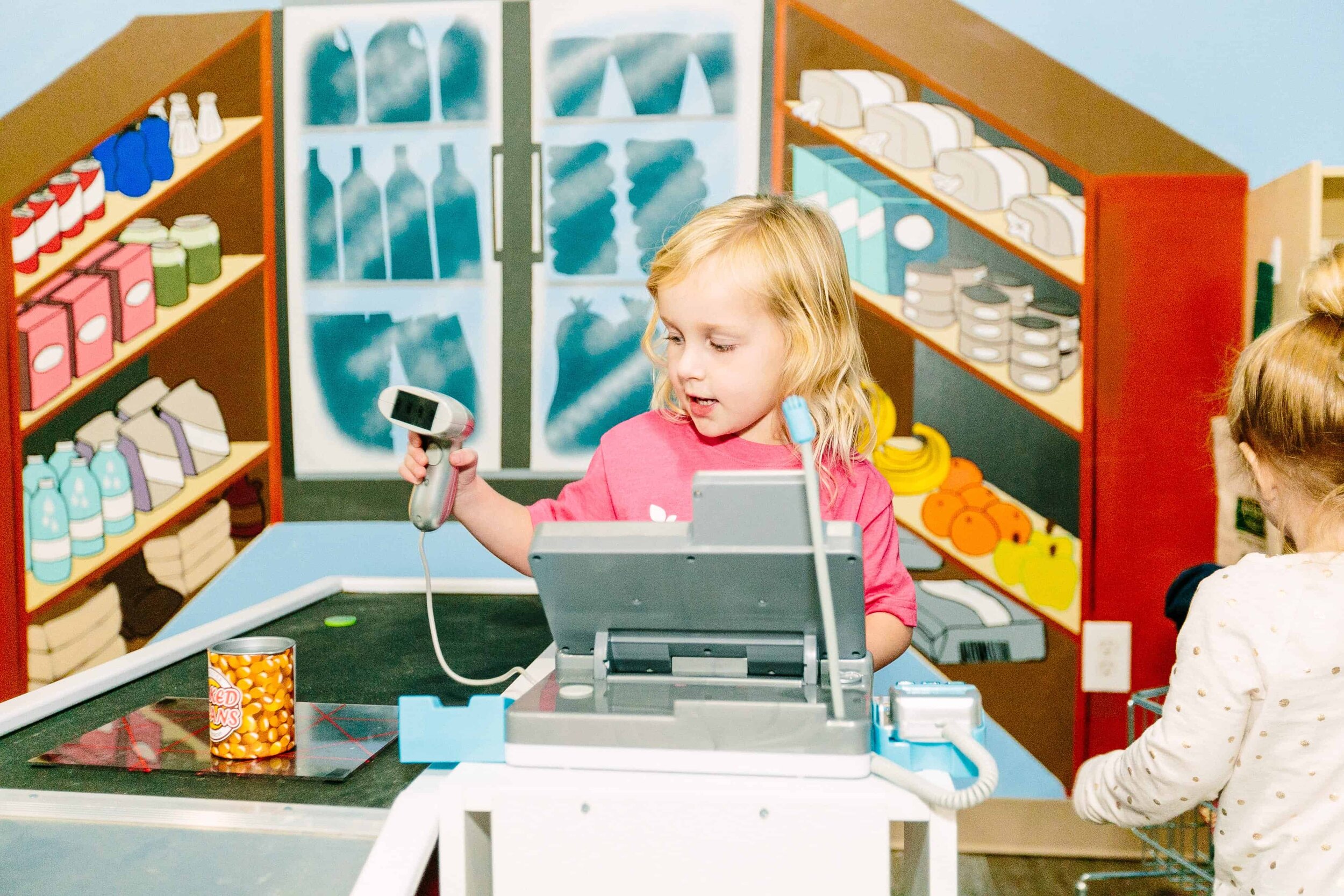
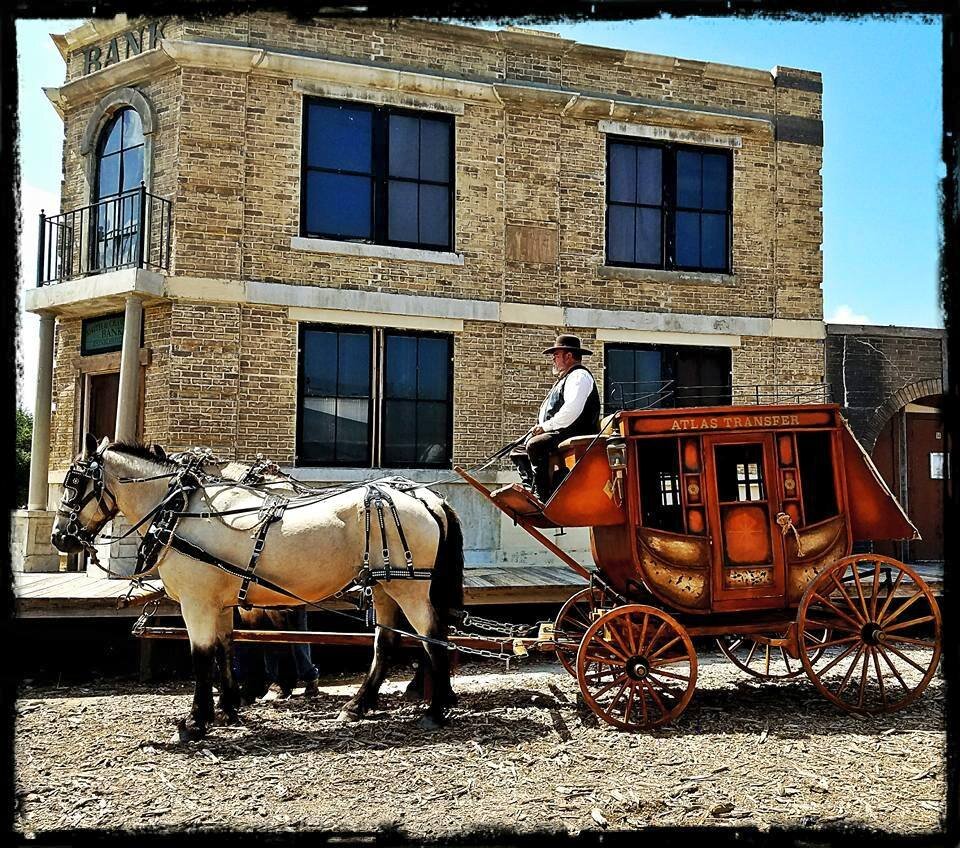
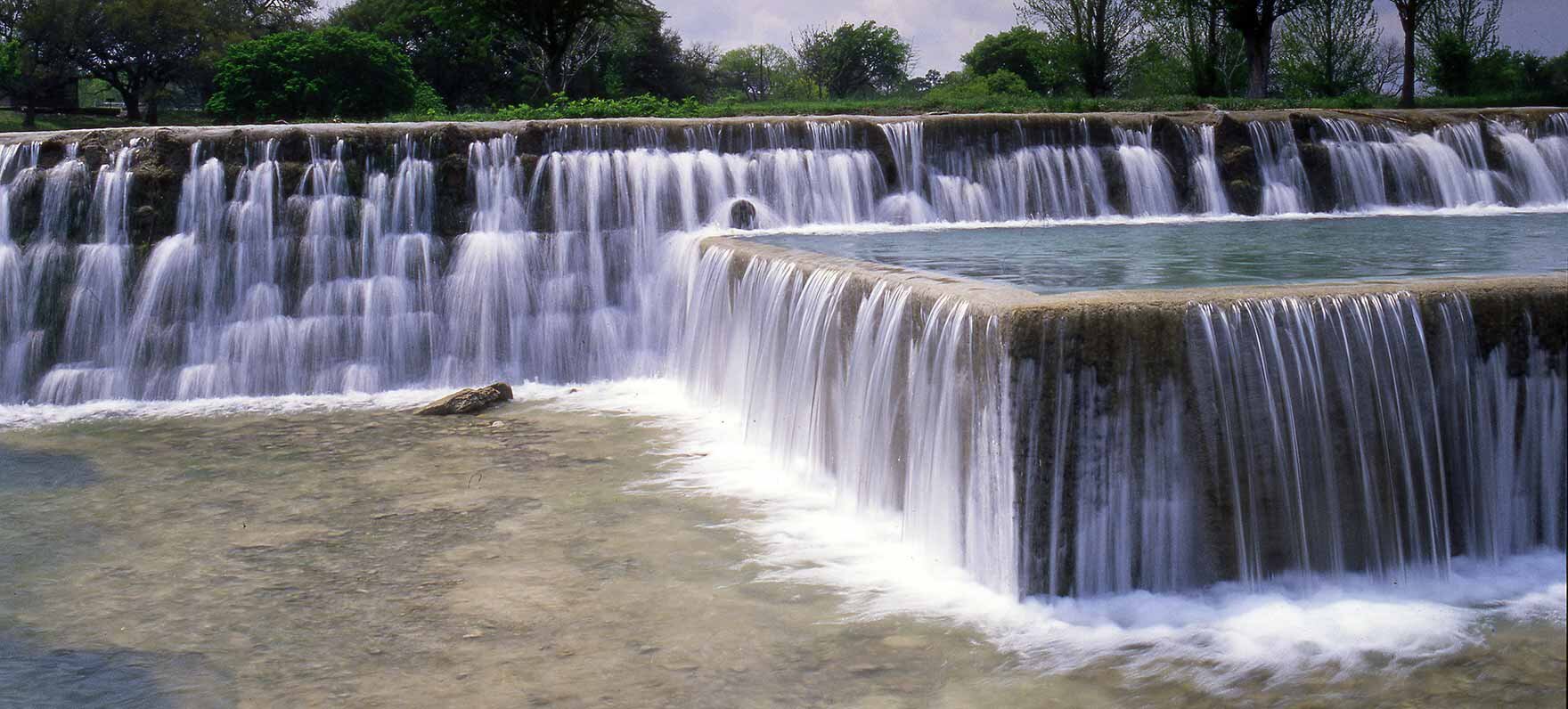
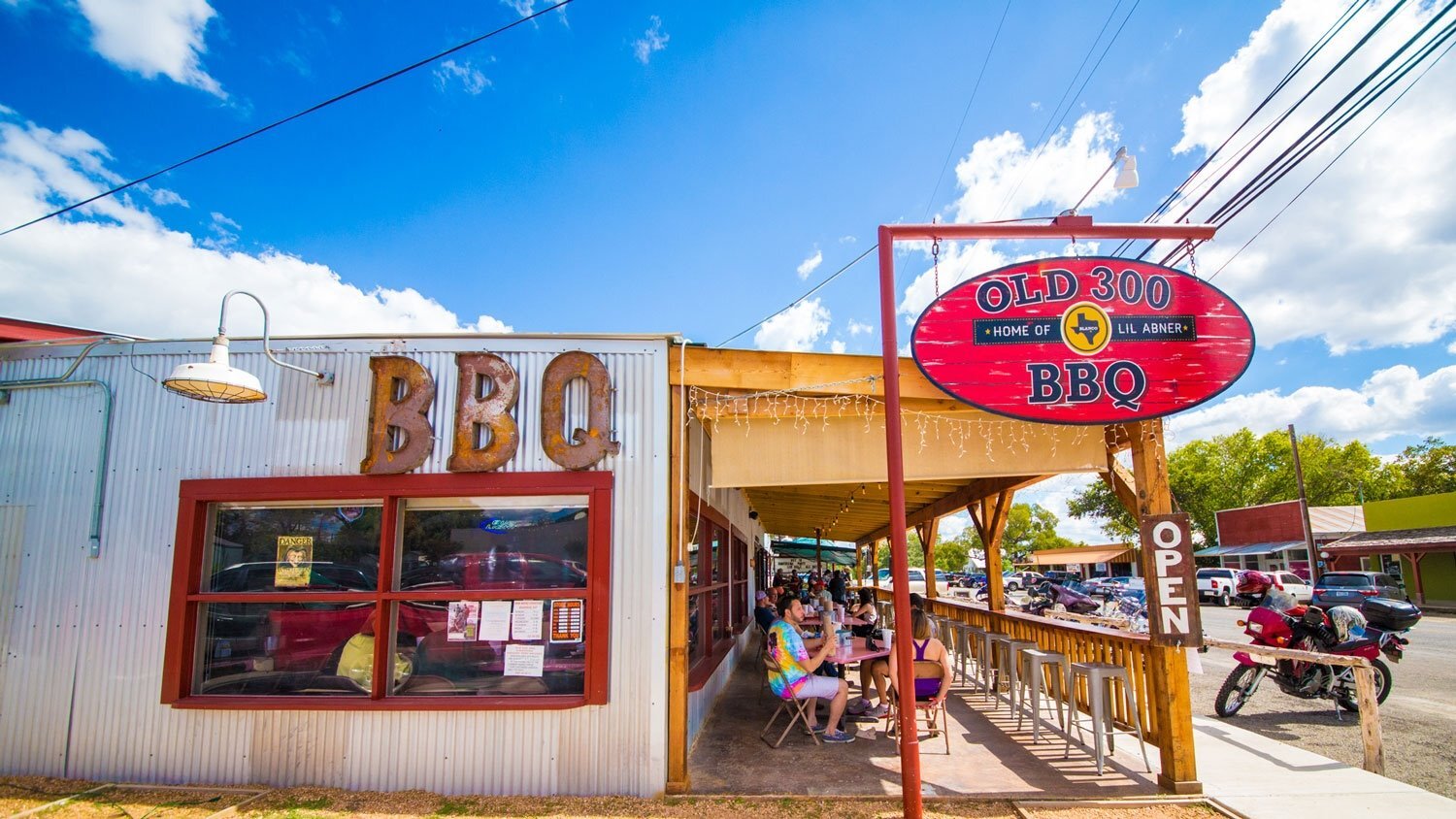
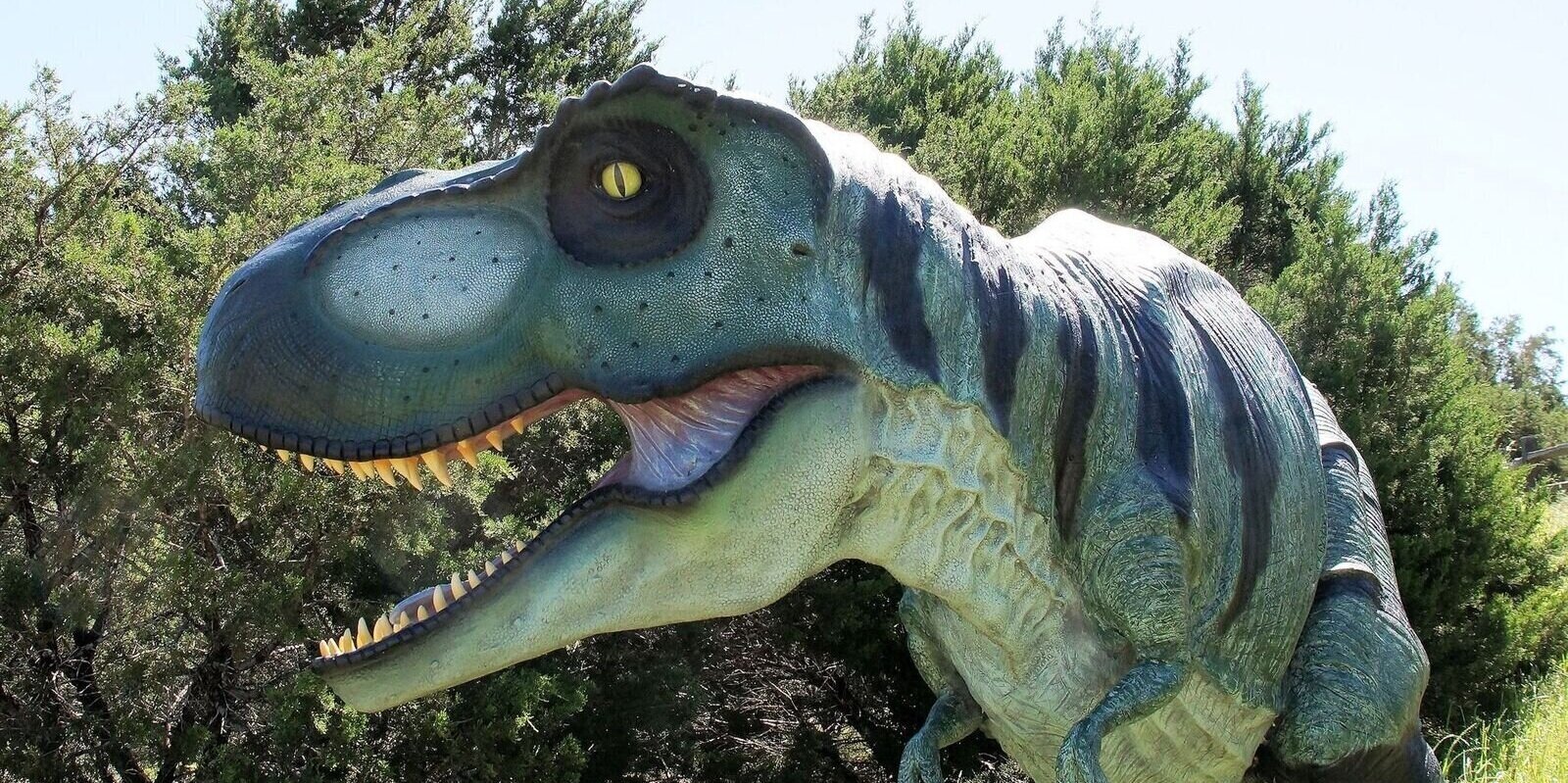

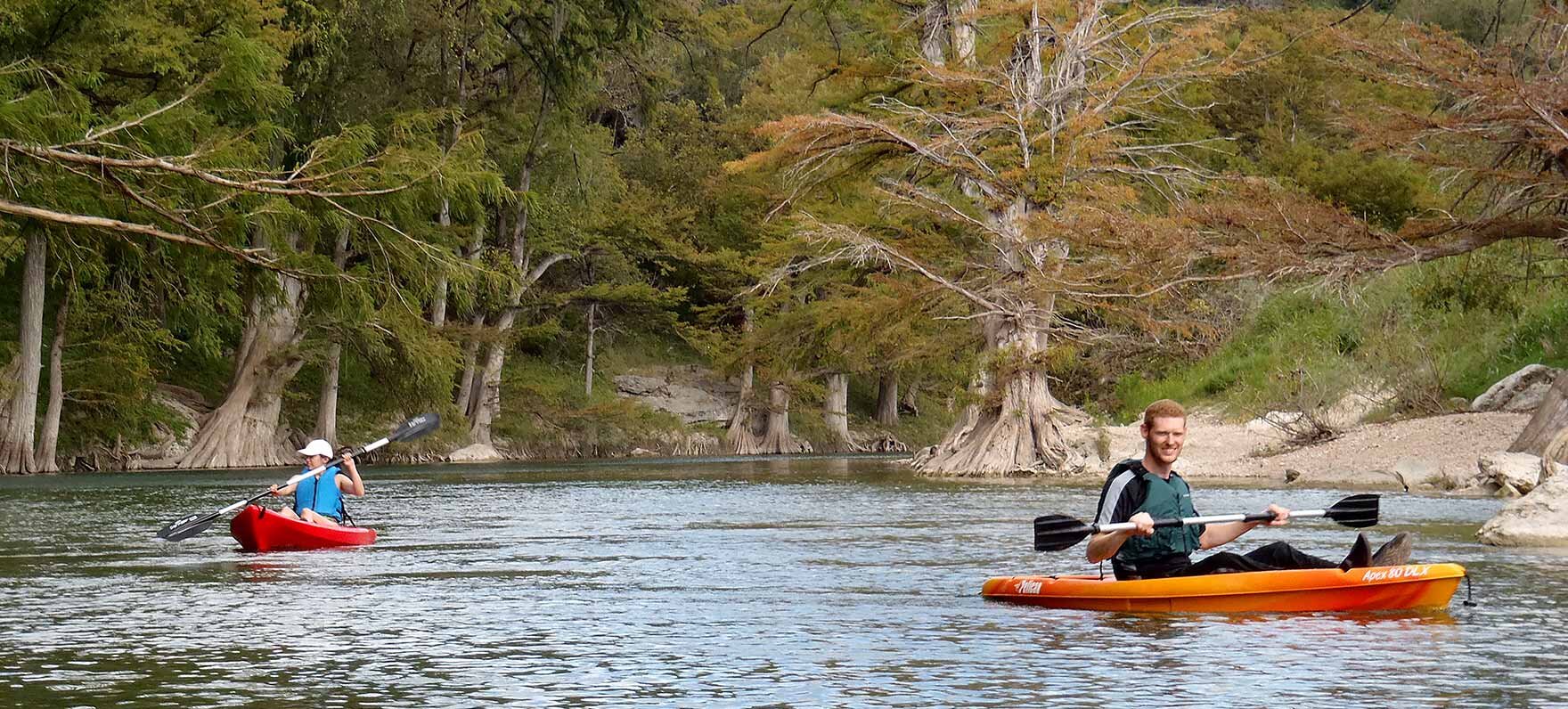
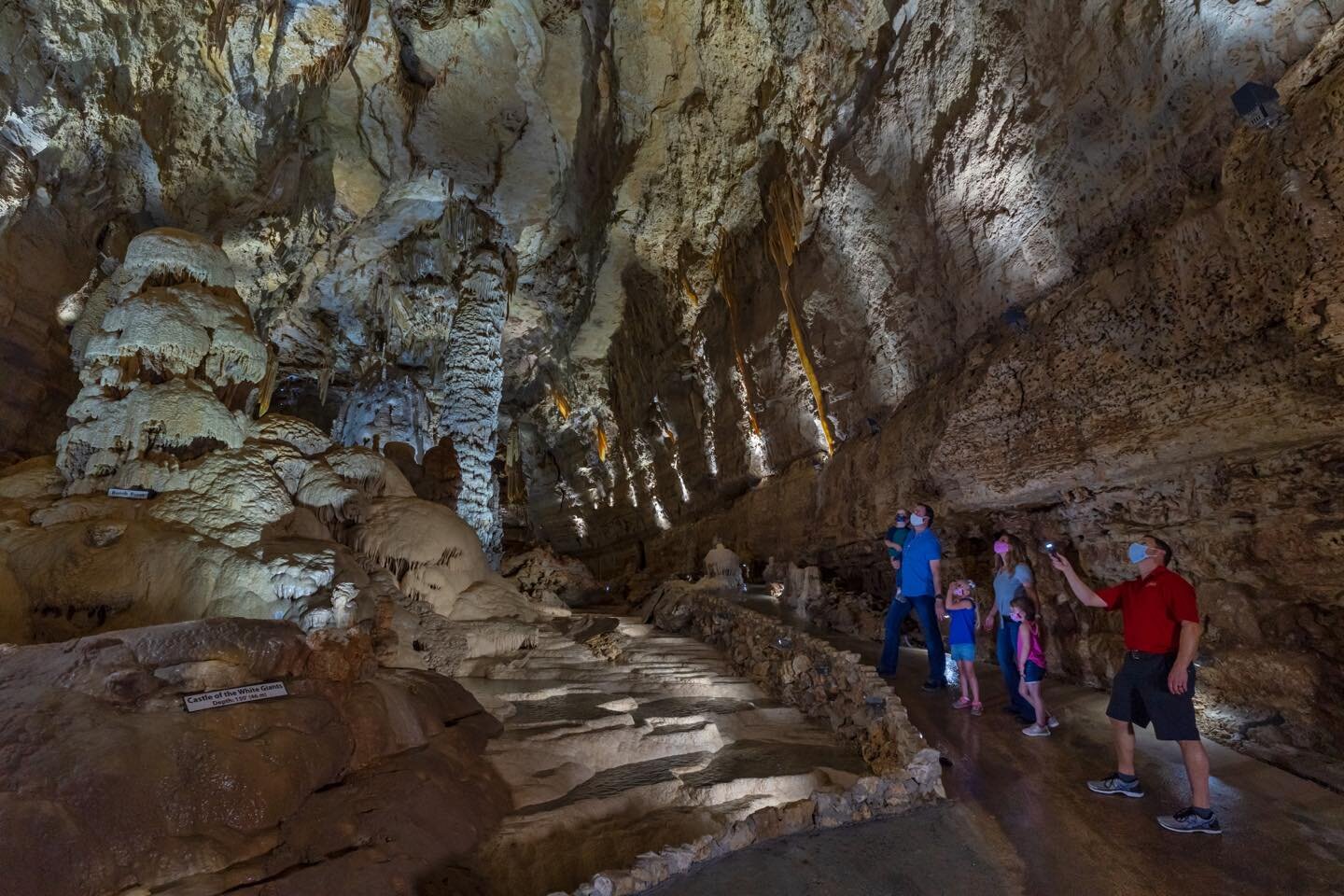
TIPS FOR STEM LEARNING AT HOME
Foster curiosity and share your own moments of curiosity and wonder
Highlight the ways STEM is present in your work and everyday life
Find real-life situations for kids to apply STEM concepts
Act as a guide to help kids focus their questions and develop problem-solving strategies, without giving them the answers
Also: it’s OK not to know the answer! It’s an opportunity to share your own problem-solving process and generate questions together
Learn about the Engineering Design Process (Ask, Imagine, Plan, Create, Improve) and model how it works with your kids
Encourage kids to explore ideas through building and hands-on experimentation; provide materials to do so—they don’t have to be fancy or costly
Emphasize the idea of improving on a design or plan: if it didn’t work the first time, how can we improve it?
Focus on teamwork and collaboration
Seek out online resources and local STEM events
Make it fun!